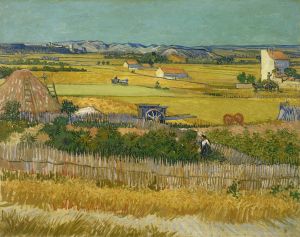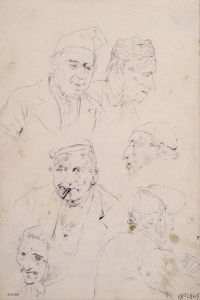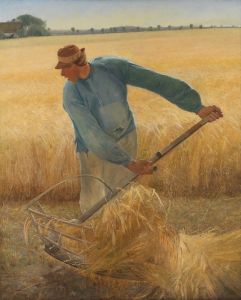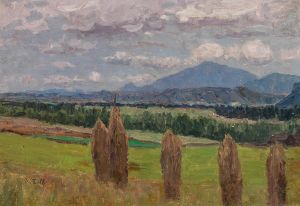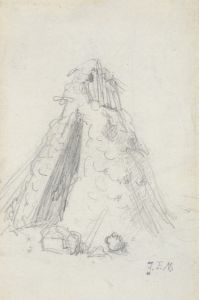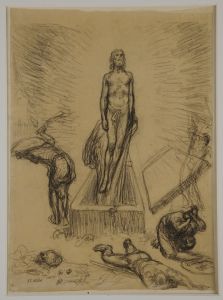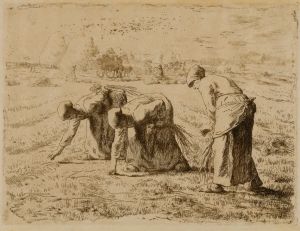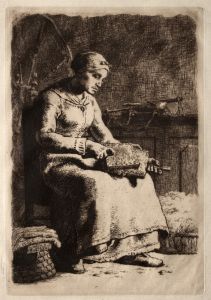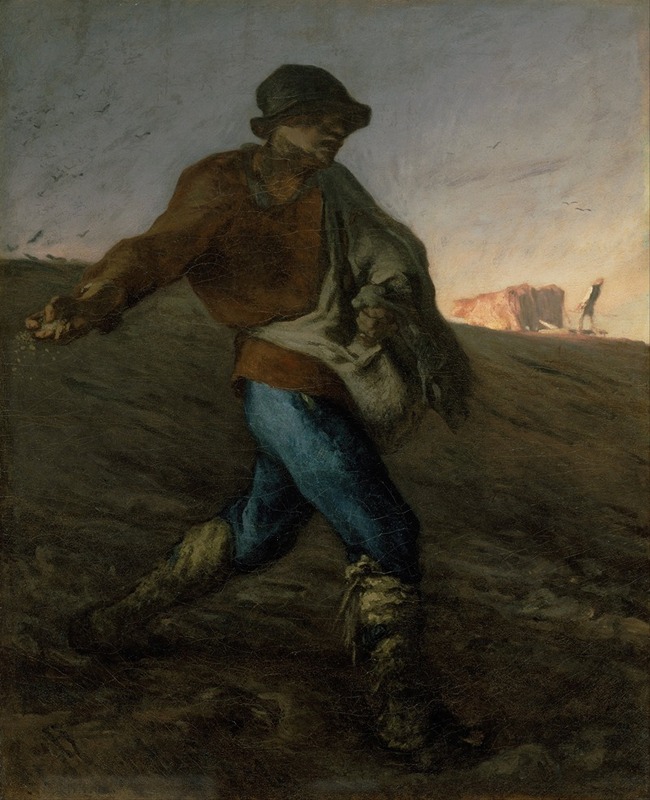
The Sower
A hand-painted replica of Jean-François Millet’s masterpiece The Sower, meticulously crafted by professional artists to capture the true essence of the original. Each piece is created with museum-quality canvas and rare mineral pigments, carefully painted by experienced artists with delicate brushstrokes and rich, layered colors to perfectly recreate the texture of the original artwork. Unlike machine-printed reproductions, this hand-painted version brings the painting to life, infused with the artist’s emotions and skill in every stroke. Whether for personal collection or home decoration, it instantly elevates the artistic atmosphere of any space.
The Sower is an oil painting created by French artist Jean-François Millet in 1850. It is one of Millet's most iconic works and exemplifies his focus on rural life and the dignity of labor. The painting depicts a solitary peasant sowing seeds in a field, with a dramatic sunset or sunrise in the background. The figure is shown in motion, with one arm extended to scatter seeds and the other holding a bag of grain. The composition emphasizes the physicality of the laborer, with his strong, dynamic posture and the earthy tones of his clothing blending into the surrounding landscape.
Millet was a founding member of the Barbizon School, a group of artists who sought to move away from the academic traditions of the time and instead focused on realistic depictions of rural life and nature. The Sower reflects Millet's commitment to portraying the lives of peasants with dignity and respect, a theme that recurred throughout his career. The painting was created during a period of significant social and economic change in France, following the 1848 Revolution, which had highlighted the struggles of the working class. Millet's work resonated with these themes, and The Sower was seen as a powerful representation of the resilience and importance of agricultural laborers.
When The Sower was first exhibited at the Salon of 1850–1851 in Paris, it received mixed reactions. Some critics praised its raw power and emotional depth, while others criticized its unidealized portrayal of a peasant, which they considered too coarse or unrefined for fine art. Despite the initial controversy, the painting later became highly influential and is now regarded as a masterpiece of 19th-century realism.
Millet's use of light and shadow in The Sower is particularly notable. The dramatic contrast between the dark figure of the sower and the glowing sky creates a sense of timelessness and universality, elevating the act of sowing seeds to a symbolic level. The painting has been interpreted as a meditation on the cycle of life and the connection between humanity and the land.
Today, The Sower is housed in the Museum of Fine Arts in Boston, Massachusetts. It continues to be celebrated as a seminal work in Millet's oeuvre and a key example of the realist movement in art.






